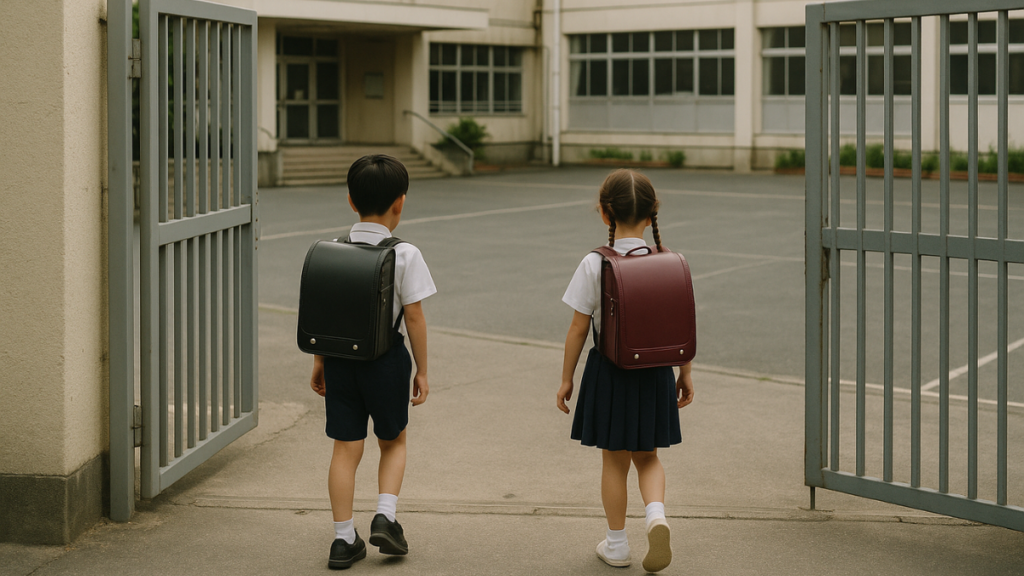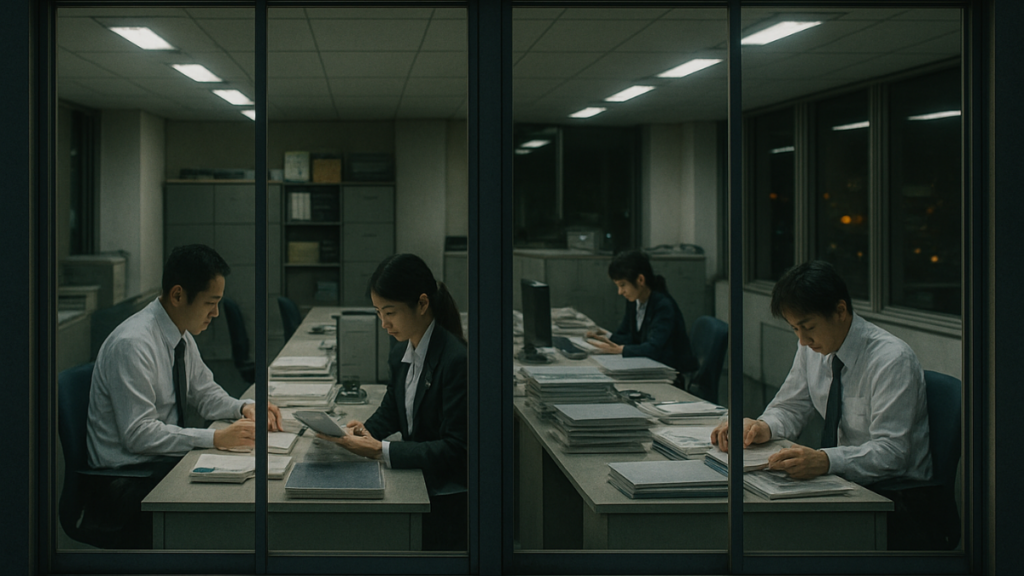In 2024, Japan crossed a threshold both symbolic and alarming: for the first time since the beginning of modern statistics in the late 19th century, the country recorded fewer than 700,000 births. With exactly 686,061 babies born last year, Japan continues on a demographic decline that began several decades ago, driven by a rapidly aging population and a collapsing fertility rate. Prime Minister Shigeru Ishiba has called the situation a “silent emergency.”

- Japan Hits Historic Low in Birthrate with Fewer Than 700,000 Births in 2024 and a Fertility Rate of 1.15 Children per Woman
- Accelerated aging and generational imbalance are undermining public services and the socio-economic model
- Key factors: cost of parenting, job insecurity, rigid work culture, weak family support
- Government introduces incentives (benefits, parental leave, childbirth cost coverage) but remains below international standards
- Without deep reform, Japan’s population could fall below 100 million by 2050, threatening the nation’s viability
Decline in births in Japan : A “silent emergency”
Decline in births in Japan are not new in Japan. Since 2016, each year has recorded fewer births than the last. But 2024 marks a particularly sharp and troubling turning point, with a drop of more than 41,000 births in a single year.
The national fertility rate has reached a historic low of 1.15 children per woman—far below the generational replacement threshold of 2.1. At the same time, deaths were twice as numerous as births, with 1.6 million recorded in 2024, accelerating a rapid and short-term irreversible demographic decline.

The weight of the past: From baby boom to demographic winter
The contrast is stark compared to the post-war decades, marked by a strong baby boom between 1971 and 1974. During that time, Japan registered up to two million births per year. But by the 1990s, this boom gave way to a gradual decline, driven by a combination of factors: high education costs, economic stagnation, job insecurity, a competitive and stressful work culture, and evolving lifestyles.
Japanese society also faces unparalleled aging among developed nations. Over 20,000 municipalities have a majority population aged 65 and over, according to the Ministry of Internal Affairs. This shift in the age pyramid undermines the functioning of public services—particularly in healthcare, pensions, and health insurance—which are already strained by a shrinking base of contributors.
Why are Japanese people having fewer children?
Beyond structural challenges, day-to-day realities hinder family planning. The cost of parenting, sometimes prohibitive, discourages many. Pregnancy-related healthcare is not reimbursed by Japan’s social security system, as maternity is not considered an illness. These expenses can exceed 600,000 yen (about 4,000 euros), fully borne by the parents. Add to this meager child allowances and inflation further eroding the purchasing power of younger generations.
The labor market is also unaccommodating. About 40% of workers are in precarious jobs, often without access to paid parental leave. For many women, having a child means sacrificing their careers in a still-rigid, patriarchal work environment. For men, long working hours—often late into the evening—make the idea of starting a family difficult to envision.

Finally, a growing portion of Japan’s youth is embracing singlehood as a lifestyle choice. Marriage and parenthood are seen as additional burdens in a life already marked by economic instability and mental stress. Nearly one in four Japanese people in their thirties say they do not wish to marry or have children, according to recent surveys.
The government faces Japan’s demographic challenge
Aware of the severity of the situation, Prime Minister Shigeru Ishiba has unveiled a series of measures aimed at reversing the decline. These include: more flexible work arrangements, promoting parenthood through financial and logistical support, and increased aid to depopulated rural areas. Digital experiments are also underway, such as apps to facilitate dating and encourage marriage. The government even plans to fully cover pregnancy-related expenses by April 2026, offering 500,000 yen per child. A “record budget” is currently under negotiation to address the country’s demographic challenges.
However, Japan still lags behind international standards in family policy. The country allocates around 2% of its GDP to family assistance, compared to more than 3% in most other developed nations. Experts argue that a true political and cultural awakening is necessary to reverse the trend sustainably.

Decline in births in Japan: An uncertain future
Without a massive and coordinated response, demographic projections are dire: Japan’s population could drop below 100 million by 2050, jeopardizing the country’s economic viability.
Automation and artificial intelligence—long seen as solutions to labor shortages—will not be enough to compensate for the gradual disappearance of a significant portion of the population.
Japan’s demographic emergency is not a distant signal—it is a present, tangible reality with effects felt across all sectors of society. As Japan stands at a crossroads, time is running out to find a sustainable path between tradition and modernity, individualism and solidarity, growth and prosperity.
Published by the Editorial Staff on
